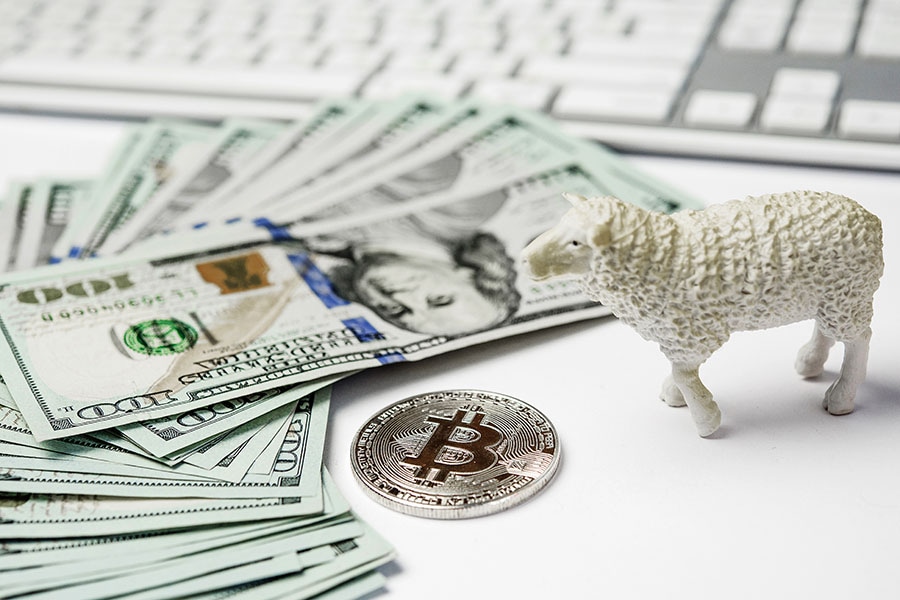
Meme stocks: A cautionary tale
Think twice before jumping on the investing hype train, writes professor Eric Kirzner. It's likely just a bubble waiting to burst
 Herd behavior can have both positive and negative effects, depending on the situation.
Image: Shutterstock
Herd behavior can have both positive and negative effects, depending on the situation.
Image: Shutterstock
Mob mentality. Groupthink. Pack behaviour. General strikes. Sports events. All are forms of ‘herd behaviour’, which occurs whenever a large number of unconnected people act in the same way at the same time—sometimes with direction from others, sometimes not. Fuelled by fear, greed or a desire to be part of a particular group, individual judgment and opinion-forming processes shut down as people automatically follow the group's behaviour.
Herd behavior can have both positive and negative effects, depending on the situation. For example, it can lead to increased efficiency and safety in a group. But it can also cause people to make irrational or dangerous decisions. In the realm of investing, herding results when investors copy the behavior of other investors. And like many forms of herd behaviour, the results can be catastrophic.
This behavioural phenomenon underlies some of the biggest stock and property bubbles in history—including some very recent ones.
The bubble metaphor stands for assets—real or financial—that are based on nothing but air, and subject to sudden bubble bursts. A bubble is when specific asset prices (such as stocks, or real estate or precious metals) far exceed their intrinsic value. Bubbles are often perpetrated by scoundrels exaggerating or lying about the real value of the investments, although sometimes the bubble is created through irrational exuberance of the Crowd itself.
For those interested, you can read about some of the early bubbles, beautifully documented by Charles Mackay in Extraordinary Popular Delusions and the Madness of Crowds. In it, he describes the Dutch Tulip Mania of the 1640s; the South Sea Company bubble of 1711–1720; and John Law and the Mississippi Company of 1719–1720.
[This article has been reprinted, with permission, from Rotman Management, the magazine of the University of Toronto's Rotman School of Management]

















